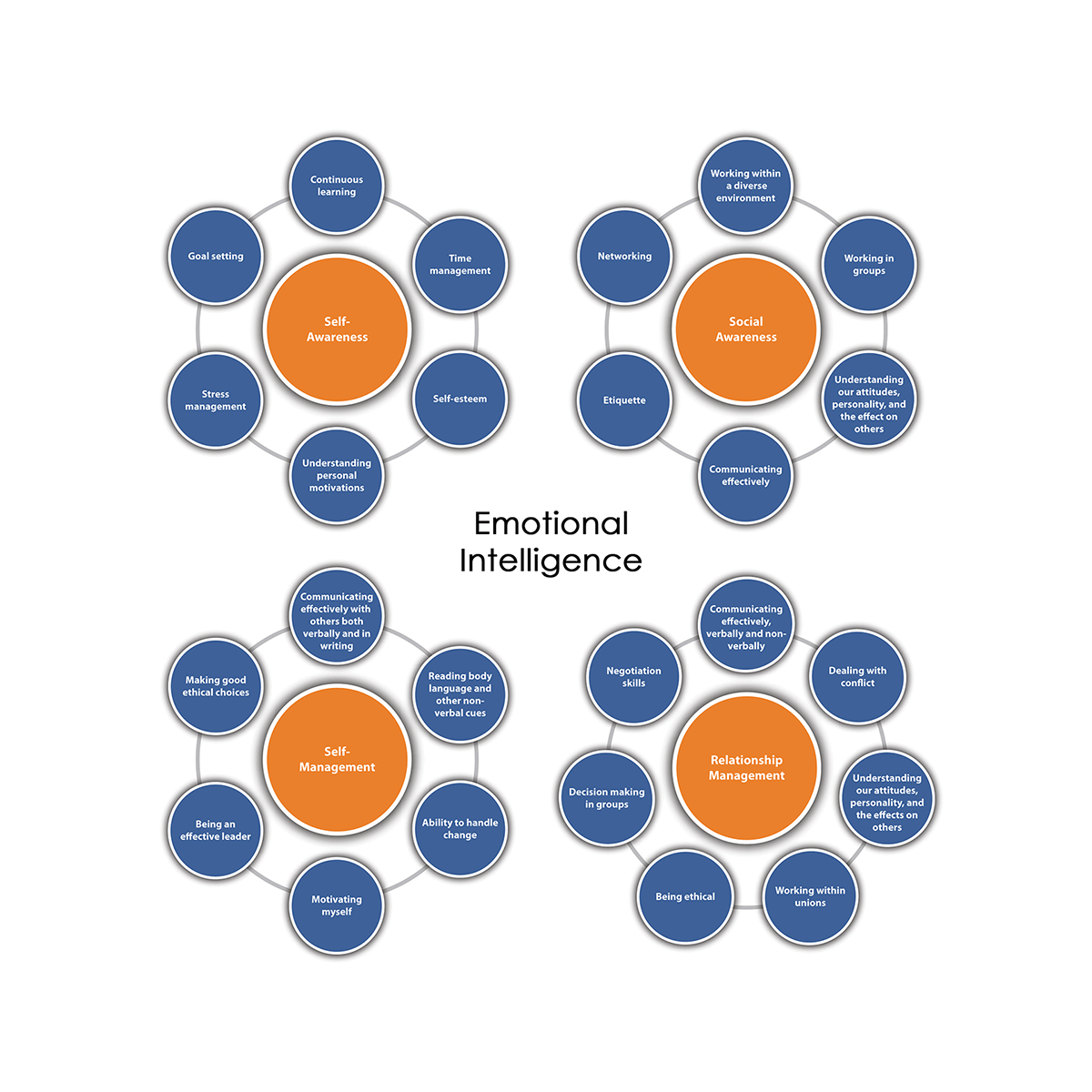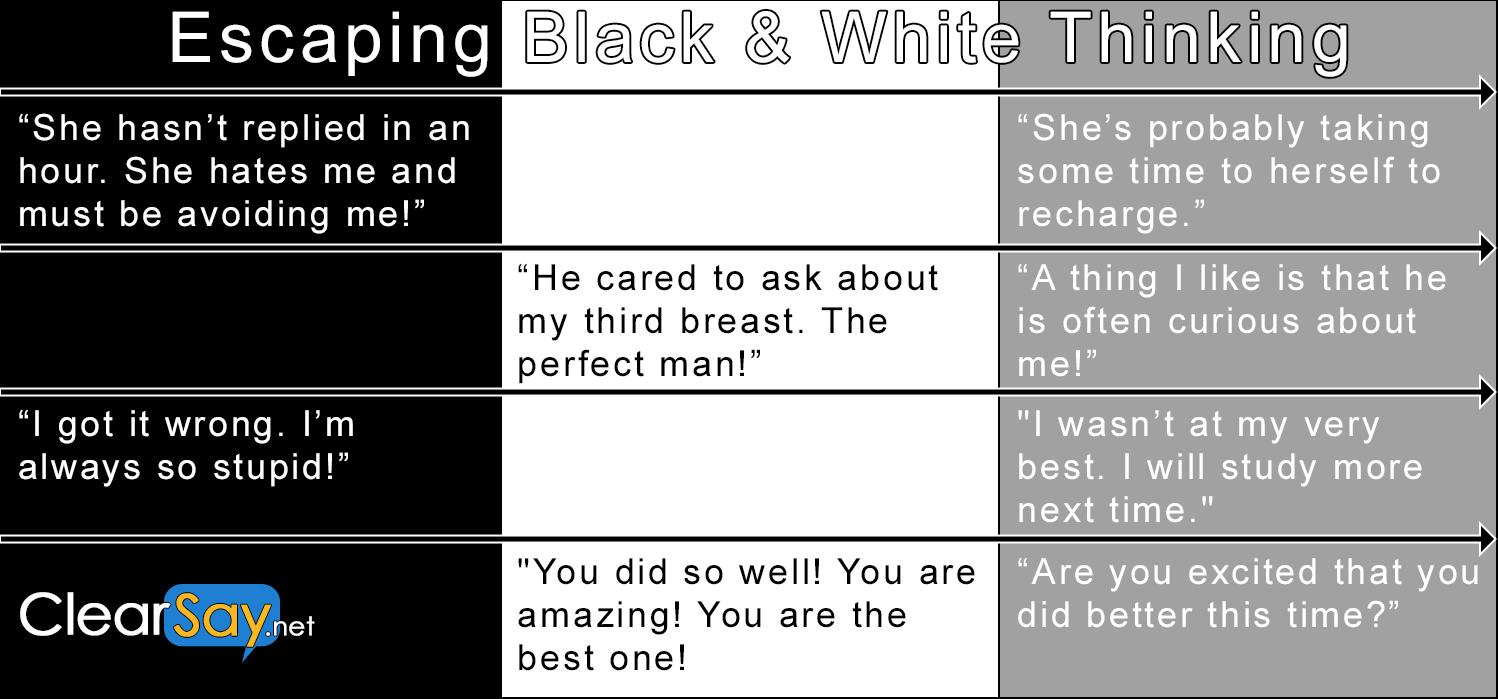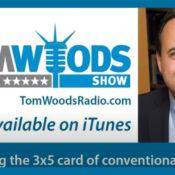Originally written in 2016. Updated.
When you think of how much you trust people, do you think in terms of:
(A) I either trust them or I don’t.
OR
(B) My trust for a person has a range from “no trust” or “very little trust” through “a good amount of trust” all the way to “high amount of trust” to “trust this person with my life and all my secrets”.
Binary
Before I go further, I want to define a word that not everyone is familiar with. Binary. It means there are only two choices. For the purposes of this article, I’m going to use “binary” interchangeably with “black & white”.
I’ll get right to it. My opinion. If you see trust as a binary thing, you are short changing yourself and your relationships. Let’s look at some examples:
- You are driving on the highway. You trust the people all around you to not hit your car with theirs. Do you trust them 100%? Or do you think there is a tiny chance they could hit your car? If you think there is a miniscule chance they can hit your car and you are a black & white thinking, does this not mean you don’t trust them? But if you drive at all, then maybe your conscious thought that trust is binary is in conflict with our subconscious thought that you don’t 100% trust other drivers to not hit you?
- A close friend tells you a harmless lie. But it impacts your trust. Do you choose to not trust them at all or do you trust them a bit less than before? Which choice has more potential for increasing the health of the relationship by leaving open the possibility trust can be rebuilt? If you choose to honestly tell your friend how you feel, is it more effective to say, “I don’t trust you any more,” “I trust you less than before,” or “I want to trust you more?”
Mainstream diagnosis
Just so you know, there is a term for black & white thinking in the DSM (Diagnostic and Statistical Manual of Mental Disorders). The disorder is called “Splitting”. https://en.wikipedia.org/wiki/Splitting_(psychology).
Hope?
There are things you can do to shift away from this limitation. Practice of NVC (Nonviolent Communication) and/or the “Practical Empathy Practice (PEP)” system are two similar ways. You can find many more resources here on this site and/or read my new book, “A Practical EmPath: Rewire Your Mind”.













Recent Comments